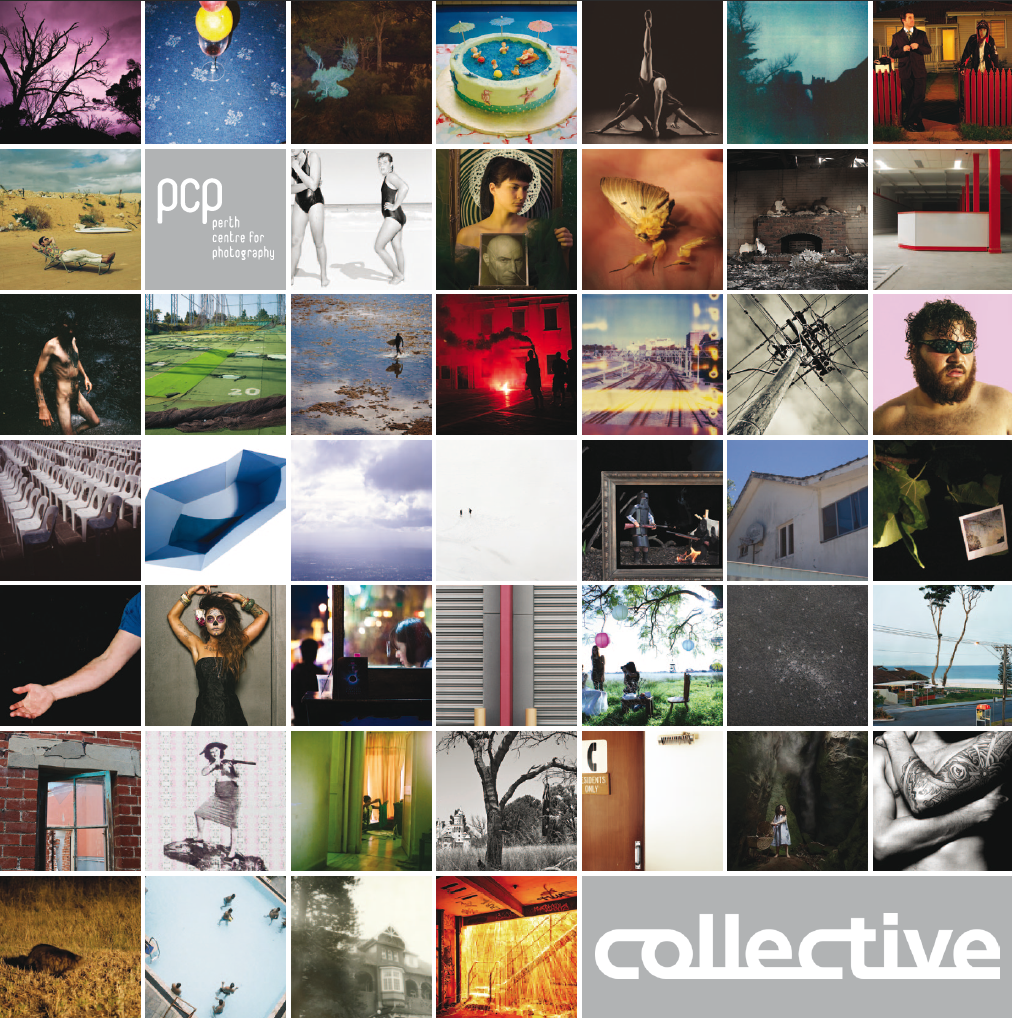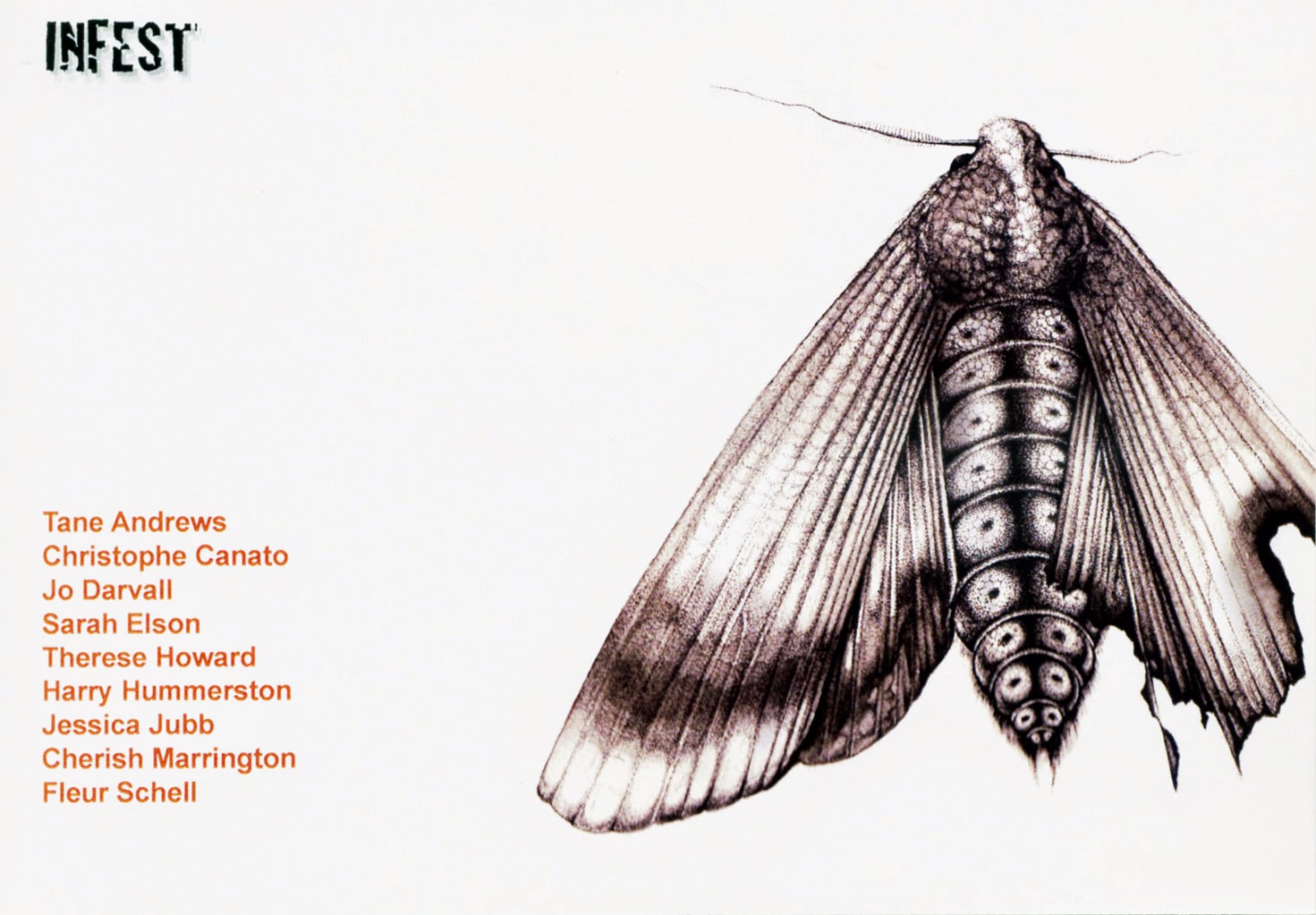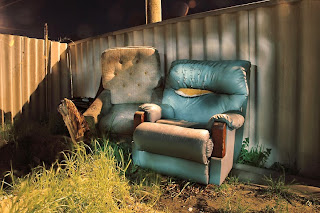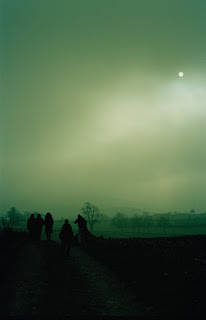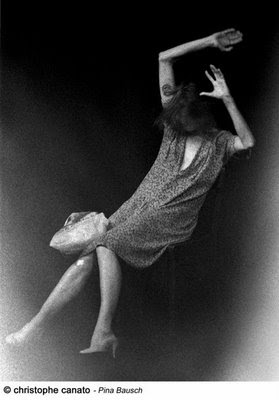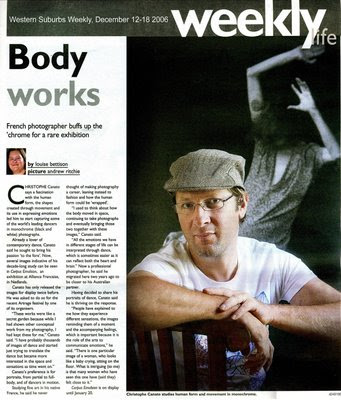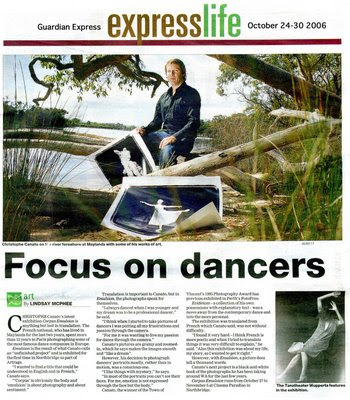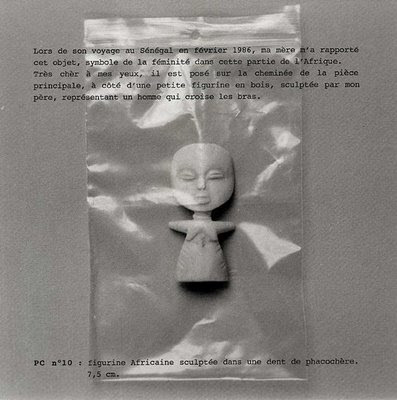
"... First, because they surround us, Christophe’s Ragamuffins. As catalogue-essayist Claire Krouzecky notes, these couches, lounges and Lazee Boys and Girls are not (as I had initially assumed) constructed images, but instead are actually found in the wild…and then, as Flavia pointed out to me, rather artfully lit, so that they look staged. In working in this way, these shots that are the result of Christophe entering David Attenborough-mode, locating them in their unique habitats, are also a way of foregrounding that act. Accordingly, the work conveys an implicit adventure in the act of scouting, locating, and then presentation. It is not a stumbling across, and the management of an aesthetic from that, but the production of a theatre of urban decay.
Of course, this process sits both neatly and oddly in relation to its motif. After all, the lounges are strangely organic and monstrous, truly abject. Indeed, they don’t just sit outside the flats, houses, fences and houses-to-be, but glom there. They ooze like a sweating summer house guest cheaply dressed in tight synthetic polymer blend who you just can’t get rid of. They’re like furniture as Homer Simpson, degraded and degrading. And maybe, too, they’re like cockroaches, the kinds of beings which, when everything else goes up in nuclear dust, will remain, squishy and shabby sure, but the only true reminder of the species that we once were. Different species scientists will examine them, making casts of the indents in order to form what they think are realistic replicas of the people we once were.
They have this seeming strength because the oily imprint of sloth has given them more super than human powers and this is because they sucked our life and our lives into them. I mean, who really knows how many bodies have been sucked into their spring and foam depths? It is for this reason that we possibly find them confronting. They are waiting for us – as cushioned Venus fly traps, sprung bogs, stitched quicksand fugs.
And, weirdly, against this, the houses, the flats and the like, feel positively life-affirming. These structures of dwelling have a set of rituals around which people flow and that the sofa sits opposed to as a septic and sarcastic critic. So, now, in Christophe’s works, and isolated from the other interior furniture we can see the couch for what it really is, a sign of relaxation gone bad, gone sad, gone toxic. A sign of a grunge past that has not gone away, that follows us and lies in wait to bring us down. We can see that, though technically supportive, there is nothing uplifting about them at all.
Yet all of this is entirely conjecture. Maybe I’ve got it wrong. The couch could be a sad, misunderstood outcast, for whom, in a world of action, it cannot keep up. It has no place in our go-gettum, power-grabbing lives. So in this way, Christophe’s lovingly monikered ragamuffins speak to fears of complacent living, about our desire to transcend this by distancing ourselves from those who fail to act toward becoming couch-less men and women of substance, while simultaneously (and perversely) positing that ‘no-action’ will win out in the end. Weirdly, therefore, Christophe’s show gets at a cluster of feelings and associations about how we live and how and who we scapegoat, and the fear and the pleasure of all of that..."
Robert Cook
